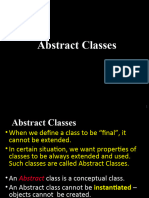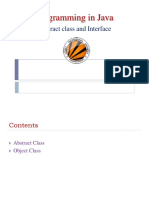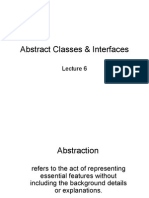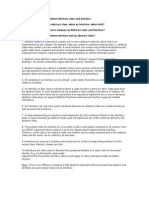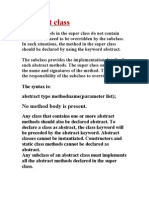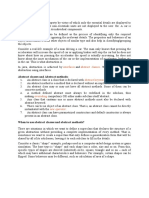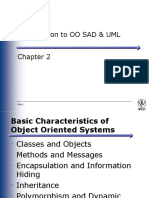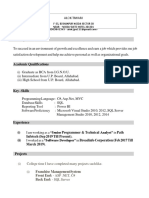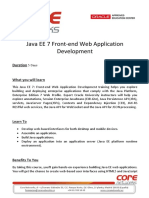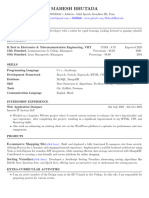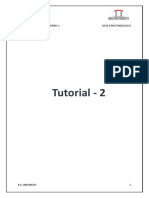0% found this document useful (0 votes)
29 views15 pages00 2022 Lecture Abstract Classes and Interface
Uploaded by
Ddamulira CharlesCopyright
© © All Rights Reserved
We take content rights seriously. If you suspect this is your content, claim it here.
Available Formats
Download as PPTX, PDF, TXT or read online on Scribd
0% found this document useful (0 votes)
29 views15 pages00 2022 Lecture Abstract Classes and Interface
Uploaded by
Ddamulira CharlesCopyright
© © All Rights Reserved
We take content rights seriously. If you suspect this is your content, claim it here.
Available Formats
Download as PPTX, PDF, TXT or read online on Scribd
/ 15




